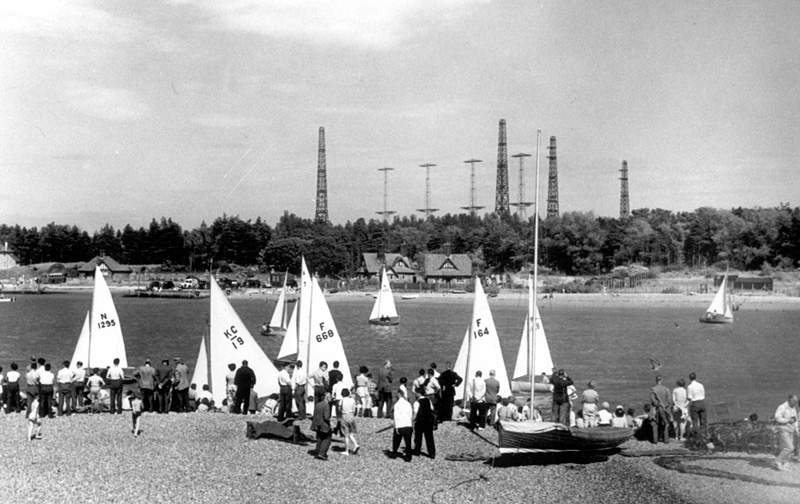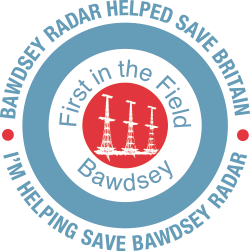
(Source: Bawdsey Radar)
Many thanks to SWLing Post contributor, Dan Robinson, for sharing this article about the historic Bawdsey Radar site:
(Source: Engaget)
 A radar site considered by some to be as historically important as Bletchley Park will be preserved, thanks to a £1.4 million ($2 million) grant from the UK government. The Bawdsey facility in eastern England, established in 1938, was the world’s first operational radar station. The then-brand new technology helped the allied forces win the Battle of Britain, and some historians think it may have shortened World War II by as much as two years. The facility was closed in 1991, and is on Britain’s “at-risk” heritage list because of structural issues and water damage.
A radar site considered by some to be as historically important as Bletchley Park will be preserved, thanks to a £1.4 million ($2 million) grant from the UK government. The Bawdsey facility in eastern England, established in 1938, was the world’s first operational radar station. The then-brand new technology helped the allied forces win the Battle of Britain, and some historians think it may have shortened World War II by as much as two years. The facility was closed in 1991, and is on Britain’s “at-risk” heritage list because of structural issues and water damage.
According to the preservation group Bawsdey Radar, construction work will start in September 2016 and the building will open to visitors in September 2017. The goal is not just to conserve it, but also to unveil a new visitor exhibition featuring physical and virtual displays. The UK’s “Heritage At Risk” adviser John Etté said the facility “played a vital part in the development of radar technology during [WWII], and had a huge impact on post-war electronics and defense system,” including GPS, water technology, radar guns and the microwave oven.[…]

Well, the battle between Marconi and Telefunken during the radar war of WW2 has yet to be determined. Let’s just say that the Marconi side won the war and let it be at that.
“Despite that, the Nazis never figured out the significance of the site. “Hitler did not know what this place was, despite the radio masts, and it was not a target for bombers,” according to Hilda Pearson, a radar operator who worked at the facility in 1943.”
That was the (very inaccurate) common interpretation in the first few post-war decades. The Nazis did make attempts at destroying some stations but gave up on that soon for several
reasons. They were well aware of the purpose of the masts in when the BoB commenced and even piggybacked on the Chain Home radar signals (in a bistatic radar setup) to track British bombers later in the war.
BTW, the Wikipedia article about the CH system is excellent:
https://en.wikipedia.org/wiki/Chain_Home
I can’t remember if RV Jones’ book “Most Secret War” covered radar, but he did cover technology of the period, him working in intelligence during WWII.
But, “The Invention That Changed the World” by Robert Buderi covers the development of radar during the war, from a US standpoint.
Radar existed before the war, but was limited. Improving it, for longer range or better definition (two different things) required pushing frequency limits, and technology to go up there. Whole new tubes for transmitting, but they had trouble pushing receiving tubes to higher frequencies. Thus they went back to the early days of radar, and used “cat’s whiskers” to make mixers. So there came semiconductor diodes, and after the war the famous 1N34 germanium diode. That helped cause the work on transistors after the war.
Of course pushing frequency limits was good too. Hams had been relegated to the “useless” high frequencies (above about the top of the current AM broadcast band), but in 1921 showed that the shorter waves could span the Atlantic. WWII was only twenty years later. Use of higher frequencies in WWII paved the way for new things afterwards.
I had the book out of the library almost 20 tears ago, but it covered te topic well.
Michael